Intro
Having cold hands can be a frustrating and uncomfortable experience, especially during the winter months or in cold climates. It's a common phenomenon that can affect anyone, regardless of their age or health status. In most cases, cold hands are a temporary and harmless condition that can be easily treated with some simple remedies. However, in some instances, cold hands can be a symptom of an underlying medical condition that requires attention. In this article, we'll delve into the world of cold hands, exploring the causes, symptoms, and treatment options available.
Cold hands can be caused by a variety of factors, including exposure to cold temperatures, poor blood circulation, and certain medical conditions. When the body is exposed to cold temperatures, the blood vessels constrict or narrow, reducing blood flow to the extremities, including the hands. This can cause the hands to feel cold, numb, and stiff. Additionally, certain medical conditions, such as Raynaud's disease, can cause the blood vessels to constrict, leading to cold hands. Other factors, such as smoking, stress, and certain medications, can also contribute to cold hands.
The symptoms of cold hands can vary from person to person, but common symptoms include numbness, tingling, and discoloration of the skin. In severe cases, cold hands can lead to pain, stiffness, and difficulty performing everyday activities. If you're experiencing persistent or severe cold hands, it's essential to consult with a healthcare professional to rule out any underlying medical conditions. In the meantime, there are several simple remedies you can try to warm up your hands, such as soaking them in warm water, using a heating pad, or exercising your hands and fingers.
Causes of Cold Hands
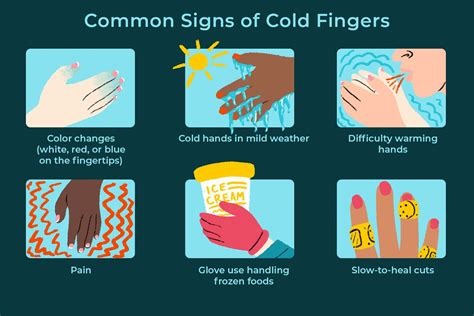
Medical Conditions that Cause Cold Hands
Certain medical conditions can cause cold hands, including Raynaud's disease, peripheral artery disease, and hypothyroidism. Raynaud's disease is a condition that affects the blood vessels, causing them to constrict in response to cold temperatures or stress. Peripheral artery disease is a condition that affects the blood vessels in the legs and arms, reducing blood flow to the extremities. Hypothyroidism is a condition that affects the thyroid gland, causing a decrease in metabolism and blood flow to the extremities.Symptoms of Cold Hands
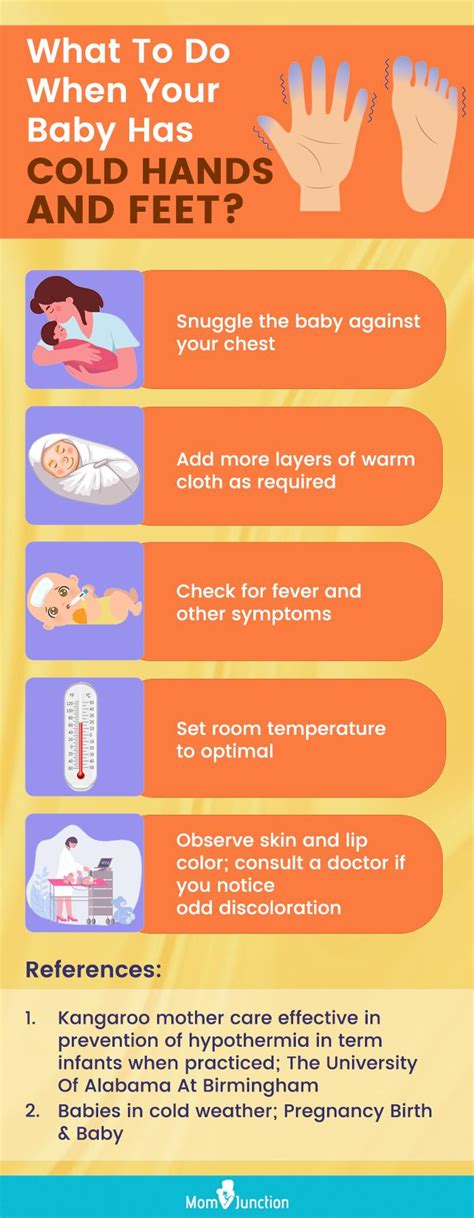
Treatment Options for Cold Hands
There are several treatment options available for cold hands, including simple remedies and medical treatments. Simple remedies, such as soaking the hands in warm water or using a heating pad, can help to warm up the hands and improve blood flow. Medical treatments, such as medication or surgery, may be necessary to treat underlying medical conditions that are causing the cold hands.Treatment and Prevention of Cold Hands
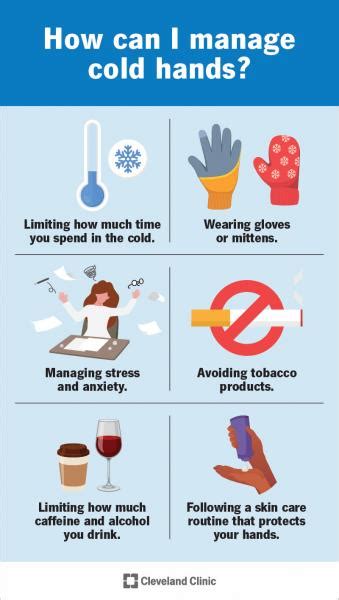
Home Remedies for Cold Hands
There are several home remedies that can help to warm up cold hands, including soaking the hands in warm water, using a heating pad, and exercising the hands and fingers. Soaking the hands in warm water can help to improve blood flow and warm up the hands. Using a heating pad can also help to warm up the hands, but be careful not to burn yourself. Exercising the hands and fingers can also help to improve blood flow and warm up the hands.Exercises for Cold Hands
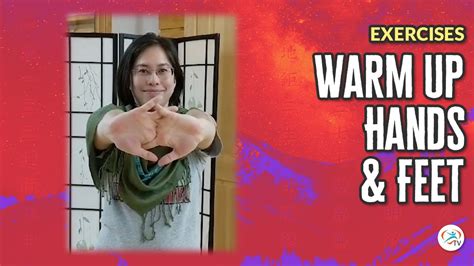
Benefits of Exercise for Cold Hands
Exercising the hands and fingers can have several benefits for cold hands, including improved blood flow, increased flexibility, and reduced pain. Improved blood flow can help to warm up the hands, reducing the risk of cold hands. Increased flexibility can help to improve range of motion, reducing stiffness and pain. Reduced pain can also help to improve overall quality of life, making it easier to perform everyday activities.Medical Treatment for Cold Hands
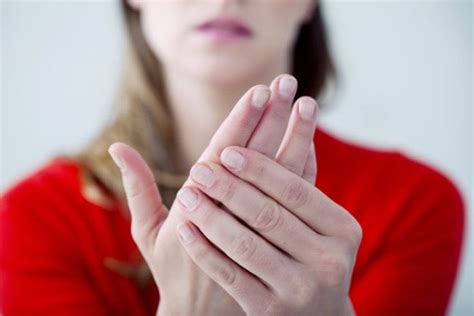
When to Seek Medical Attention
If you're experiencing persistent or severe cold hands, it's essential to seek medical attention. A healthcare professional can help to diagnose any underlying medical conditions and develop a treatment plan. Seek medical attention if you're experiencing numbness, tingling, or pain in the hands, or if you're having difficulty performing everyday activities.Living with Cold Hands

Coping with Cold Hands
Coping with cold hands can be difficult, but there are several strategies that can help. Practicing relaxation techniques, such as deep breathing or meditation, can help to manage stress and reduce the risk of cold hands. Staying active and exercising regularly can also help to improve blood flow and warm up the hands. Seeking support from friends and family can also help to cope with the emotional challenges of living with cold hands.Conclusion and Final Thoughts

What are the most common causes of cold hands?
+The most common causes of cold hands include exposure to cold temperatures, poor blood circulation, and certain medical conditions, such as Raynaud's disease and peripheral artery disease.
How can I prevent cold hands?
+You can prevent cold hands by dressing warmly, avoiding smoking, and managing stress. Exercising the hands and fingers can also help to improve blood flow and warm up the hands.
What are the symptoms of cold hands?
+The symptoms of cold hands include numbness, tingling, and discoloration of the skin. In severe cases, cold hands can lead to pain, stiffness, and difficulty performing everyday activities.
How can I treat cold hands?
+You can treat cold hands by soaking the hands in warm water, using a heating pad, and exercising the hands and fingers. Medical treatment may be necessary to treat underlying medical conditions.
When should I seek medical attention for cold hands?
+You should seek medical attention if you're experiencing persistent or severe cold hands, or if you're having difficulty performing everyday activities. A healthcare professional can help to diagnose any underlying medical conditions and develop a treatment plan.
